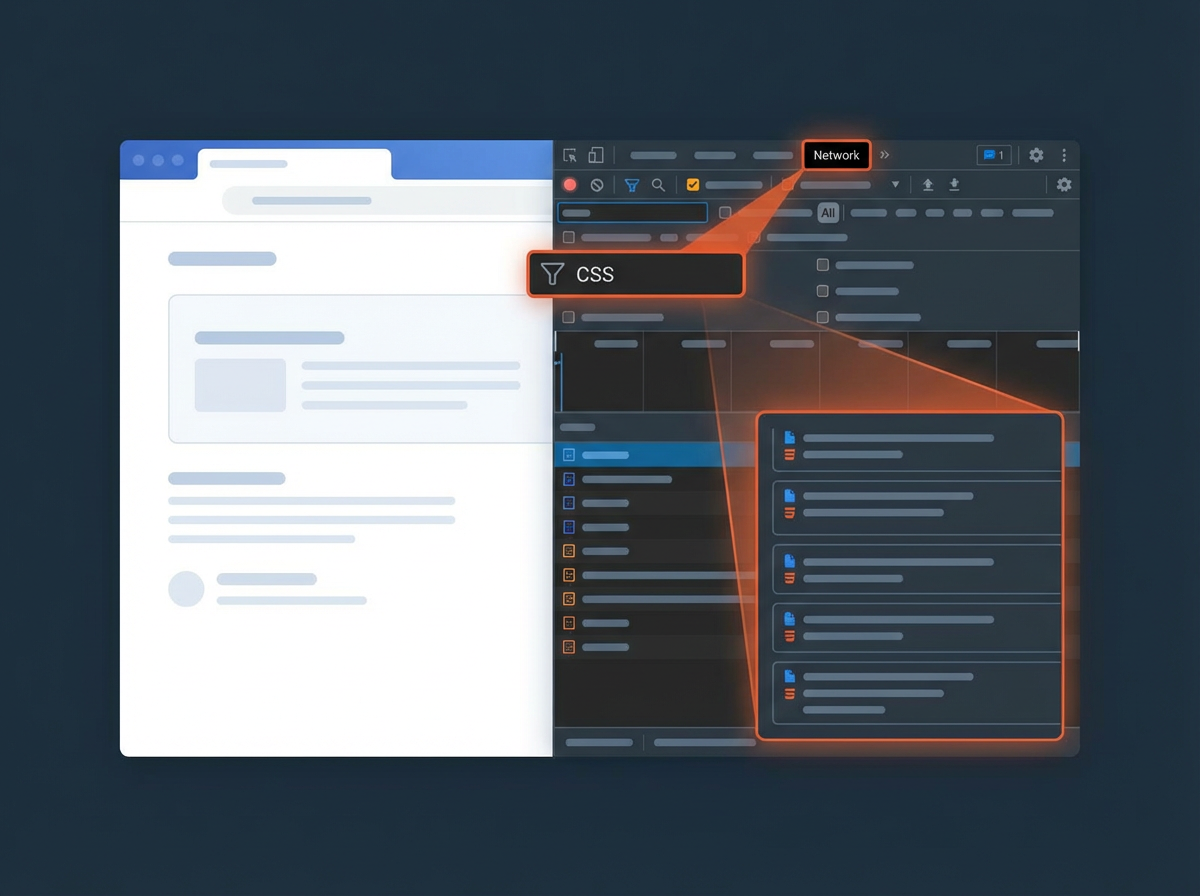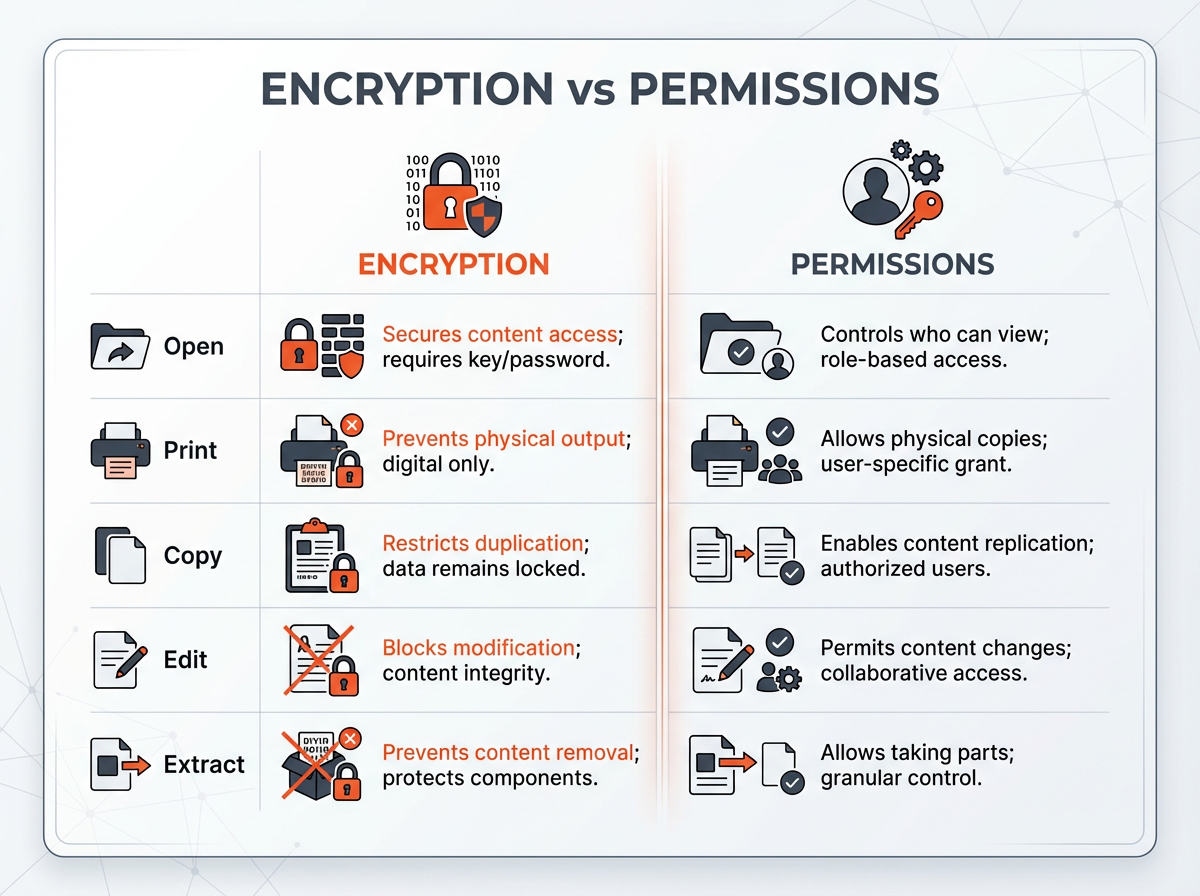When it comes to optimizing how Google crawls your site, the ‘If-Modified-Since’ header is a real game changer!
In a recent episode of Google’s YouTube podcast featuring Gary Illyes and John Mueller, the dynamic duo dug deep into why this header is essential for smart crawling.
Basically, when a crawler hits your site, it can use this header to check if a page has been modified since its last visit.
If nothing’s changed, there’s no need to re-download all that content, which means less bandwidth used and happier servers!
By correctly implementing ‘If-Modified-Since,’ you not only streamline the crawling process but also make everything more efficient.
It’s a win-win that allows you to focus resources where they really matter. So, if you haven’t jumped on this bandwagon yet, now’s the time!
What is the ‘If-Modified-Since’ header?
In simple terms, the ‘If-Modified-Since‘ header is a way for your server to communicate with Google’s crawler and let it know if any changes have been made since the last time it visited.
If-Modified-Since: <day-name>, <day> <month> <year> <hour>:<minute>:<second> GMT
This communication happens through a specific date and time being added to the header, indicating when the page was last modified.
So, instead of having to crawl every single page on your site every time, Google can just check this header and determine which pages need to be recrawled.
How does it benefit me?
Implementing the ‘If-Modified-Since’ header can significantly enhance your website’s interaction with Google’s crawler, leading to a more efficient crawling experience. Here’s how to reap the benefits:
- Reduced Bandwidth Consumption: When you use the ‘If-Modified-Since’ header, Google checks the last modified date of your page without pulling the full content again. As John Mueller aptly noted, “a 304 response means it’s been checked and nothing has changed, allowing us to save bandwidth.” This means less strain on your server and lower data costs.
- Faster Crawling: By avoiding re-downloading pages that haven’t changed, Google can focus on revisiting and crawling new or updated content. As Gary Illyes discussed, “If we notice that it’s not changing, we then back off.” This helps prioritize fresh content, ensuring that your site remains current in search results.
- Efficient Resource Management: When you employ this header wisely, both your servers and Google’s crawlers can conserve resources. John highlighted, “It makes it more efficient for both sides because it’s just one call to check for updates.” By streamlining this process, you’re contributing to a smoother operation.
- Improved Search Visibility: Websites that facilitate better crawling may find themselves rewarded with higher search visibility. As mentioned in the podcast, “if your content is of high quality and helpful, then generally, Google tends to crawl from that site more.” So, keeping your website optimized for efficient crawling can directly contribute to improved rankings.
How to Implement ‘If-Modified-Since’ Headers
To implement this header effectively, follow these step-by-step instructions:
- Check Your Server Configuration: It’s crucial to ensure that your server is properly configured to handle ‘If-Modified-Since’ header requests. This header is used by web crawlers to check if a resource has been modified since their last visit. For instance, if a crawler requests a page with this header and your server is correctly set up, it should respond with the appropriate status code. A well-configured server will accurately respond with either a 200 OK status if the content has changed or a 304 Not Modified status if it hasn’t.
- Set the Correct Last-Modified Date: The ‘Last-Modified’ timestamp must be updated whenever your content changes. For example, if you run a blog and publish a new article or update an existing one, make sure to set the ‘Last-Modified’ date to the current date and time in your server’s response headers. This helps crawlers understand when the content was last updated, allowing them to fetch the latest version only when necessary.
- Monitor Response Codes: It’s essential to keep an eye on the HTTP response codes your server returns. Aim for a 304 (Not Modified) status when a crawler checks for changes. For instance, if a crawler revisits your page and the content hasn’t changed since its last visit, returning a 304 status indicates that the cached version is still valid. This not only saves bandwidth but also helps in maintaining the crawl efficiency. You can check crawler behavior through your server logs or analytics tools.
- Regularly Review Crawl Stats: Utilize Google Search Console to monitor your server’s crawl stats regularly. This tool provides insights into how often your site is crawled, the number of pages crawled, and any errors that may have occurred. For example, if you notice a drop in the crawl rate or an increase in errors, it could indicate issues with your server configuration or content updates. Addressing these issues promptly ensures that crawlers can effectively index your content without any hindrances.
By following these steps and employing the ‘If-Modified-Since’ header, not only will you streamline your website’s crawling, but you’ll also contribute to a healthier overall internet ecosystem.
Test your knowledge
Take a quick 5-question quiz based on this page.












